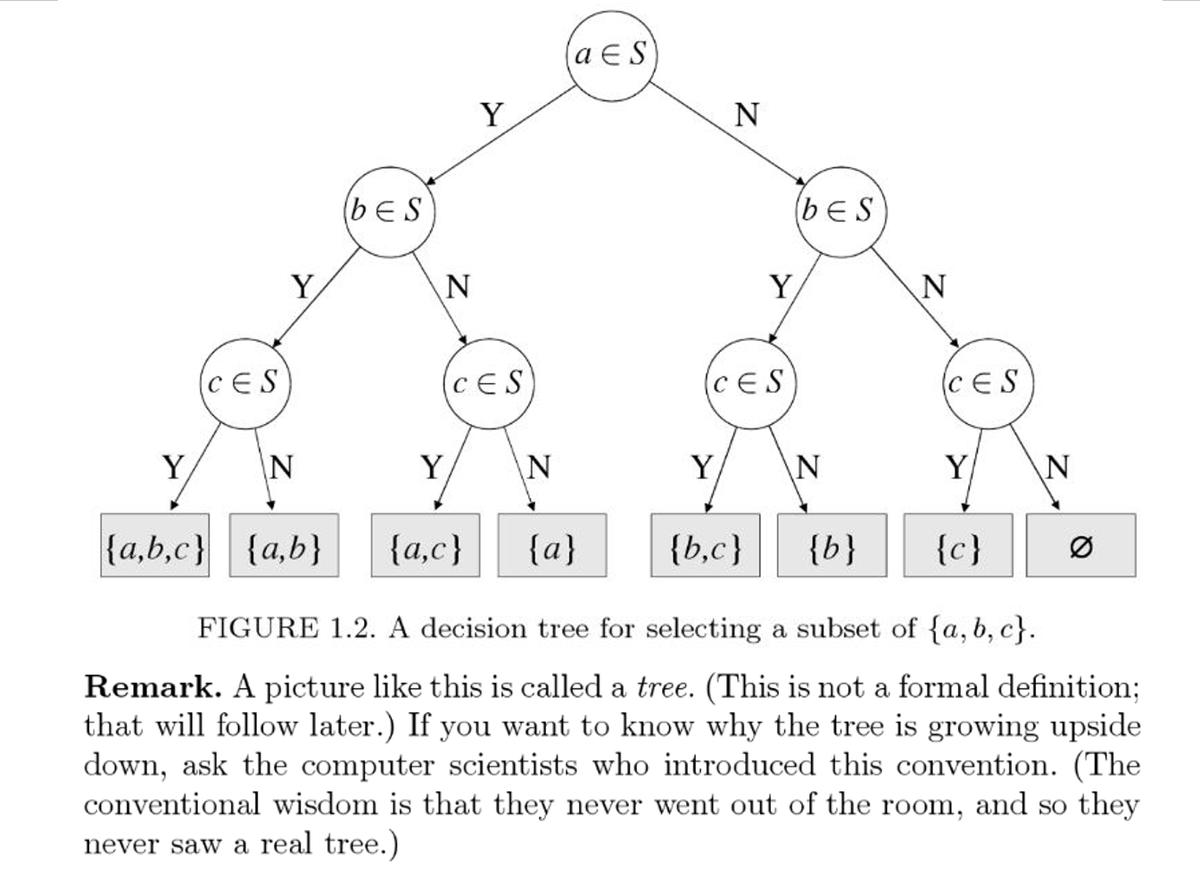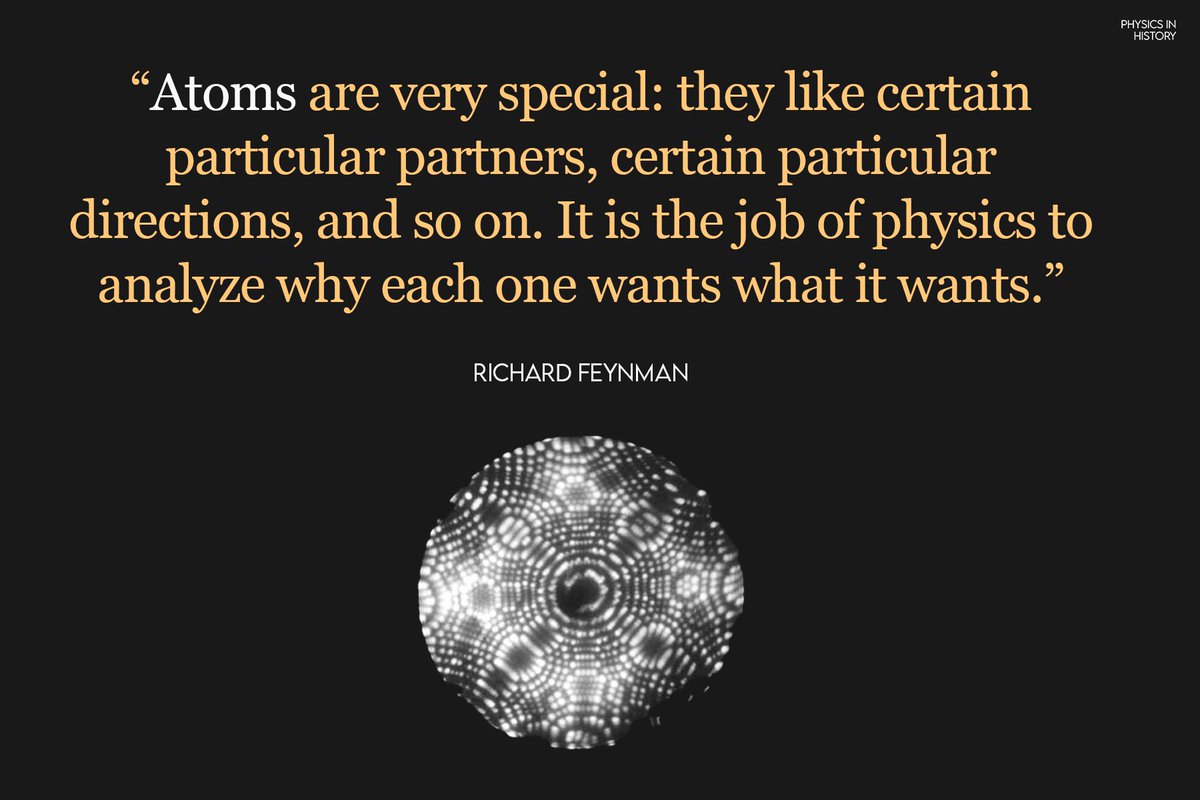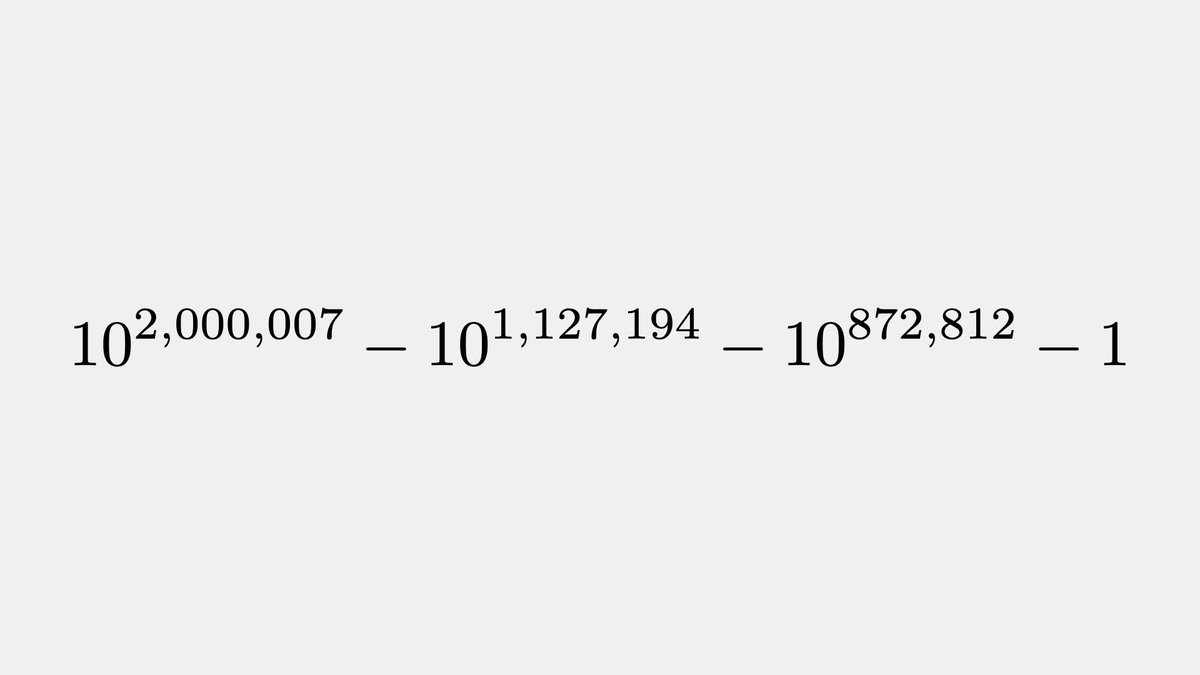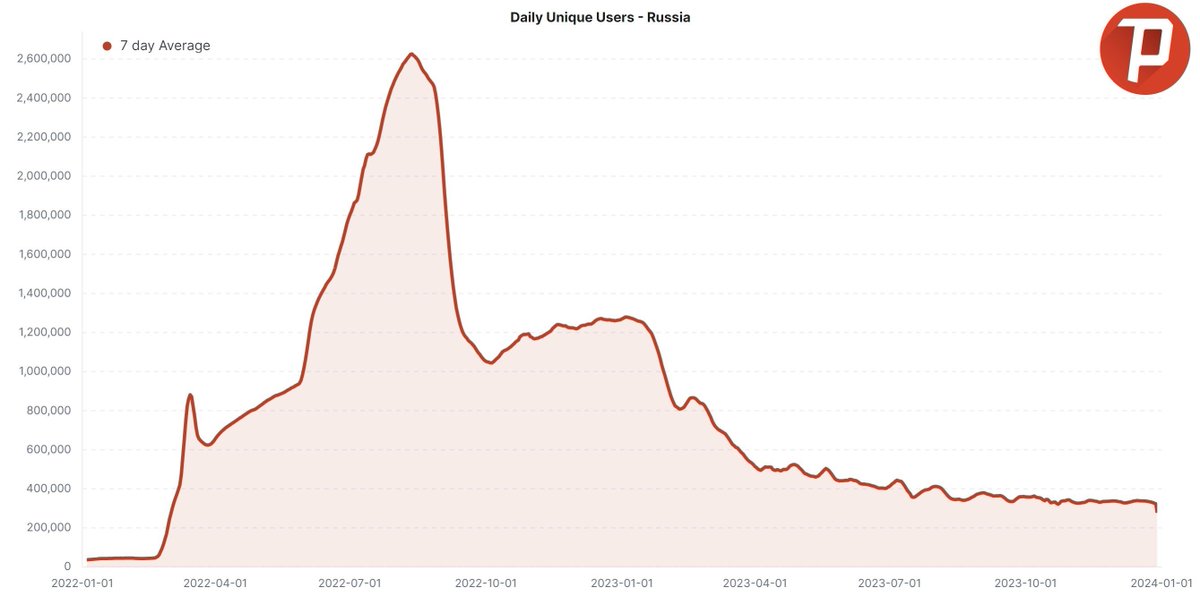
Douglas Guilbeault
@DzGuilbeault
Asst. Prof. at Berkeley Haas | Management of Organizations | Co-director of the Computational Culture Lab https://t.co/PQJHsmZc7C | Social Networks & Cognition
ID:2902126231
https://haas.berkeley.edu/faculty/douglas-guilbeault/ 16-11-2014 21:59:51
2,1K Tweets
2,0K Followers
1,1K Following


Exploring whether to use past data or start with a blank slate finds that under some conditions data can lead agents to look under the lamppost, constraining search and harming payoffs, from Hoelzemann, Manso, Abhishek Nagaraj 🗺️, and @Matteo Tranchero nber.org/papers/w32401
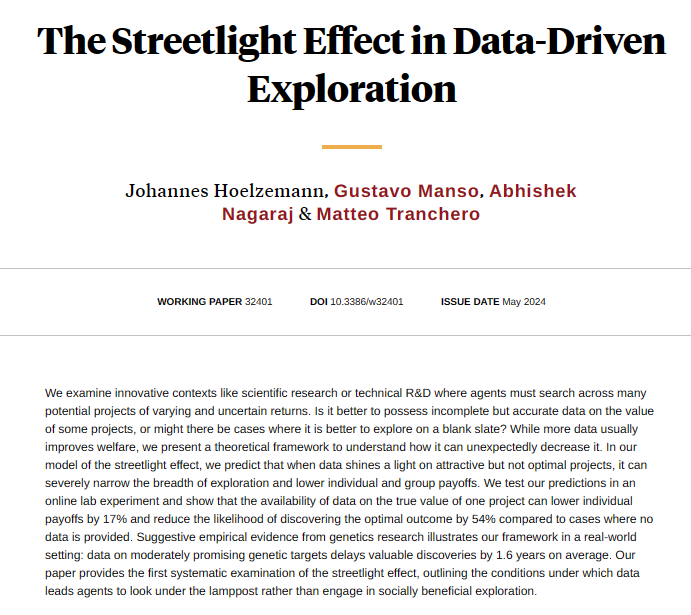












Very interesting paper in Science Magazine with exciting empirical evidence of complex contagions dynamics. Looking forward to seeing future exploration of how friendship seeding taps into complex paths. Congrats Nicholas A. Christakis and Airoldi



Thank you Mark Bittman & Kate Bittman for featuring an excerpt of THE GOOD EATER on Mark Bittmanproject 🌿 Read below 👇
“Nina is a vegan, but not a militant one; she understands that the food system – and individuals’ eating – is a complicated thing, and looks at the “How should we…

